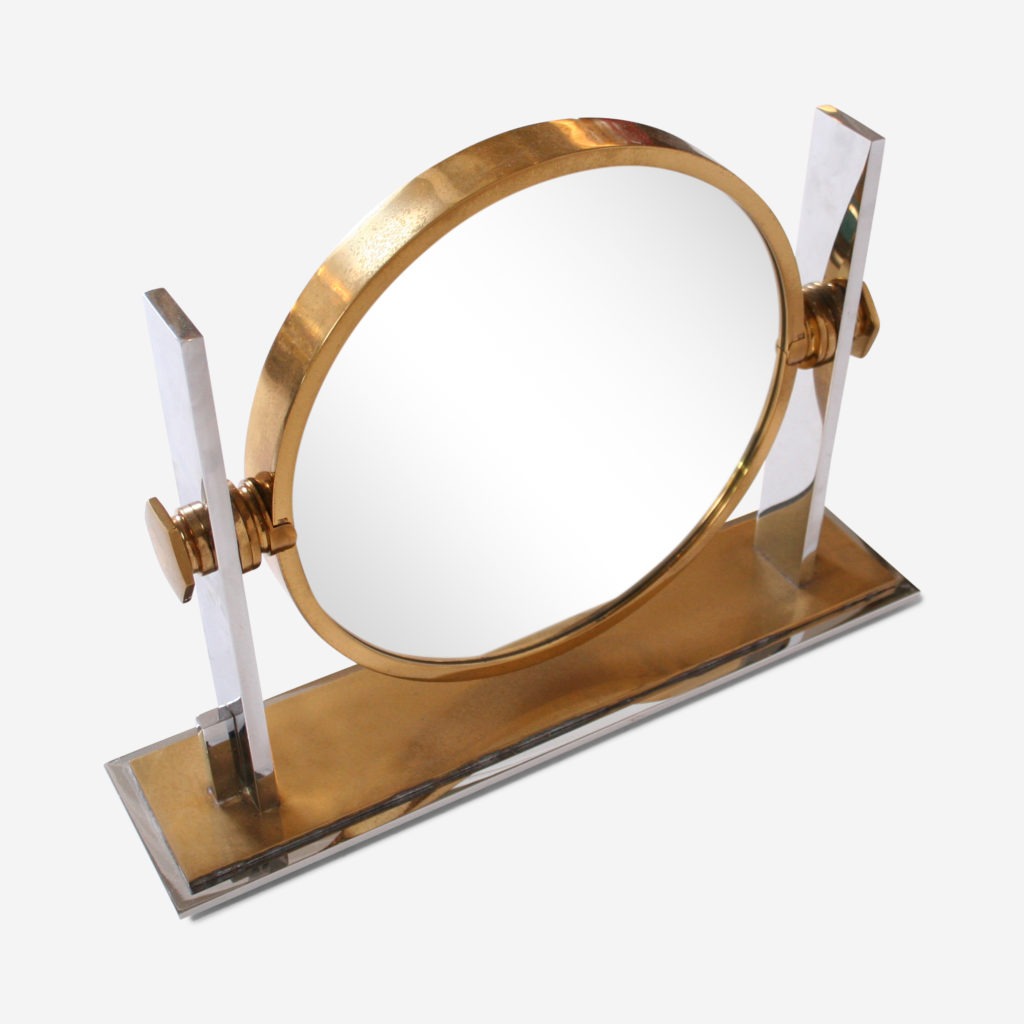The son of a Danish knife grinder, Georg Jensen was born in 1866 in Raadvad, near Copenhagen. But when he died in 1935, the New York Herald saluted him as “the greatest silversmith of the last 300 years”.
The Jensen company has expanded to the point of having retail outlets in major cities throughout the world and a waiting-list for some of its current creations of between two and five years. Antique Jensen pieces are continually in demand. Here are 10 things to consider if you are thinking about collecting Georg Jensen silverware.
1 Would-be collectors will find jewellery for men and women, as well as cutlery and an extensive range of hollow wares. The latter include teapots, coffee pots, goblets and candelabra. There are also objets de vertu, such as letter openers and notepad covers.
2 One of the great attractions of Georg Jensen is the breadth of different styles. These include Arts & Crafts, Art Nouveau, Neo-classical and Art Deco. Despite such stylistic diversity, the designers have always managed to inject each piece with a distinctive “Jensen style”.
3 Prices rose about 15 per cent over the past decade, but levelled out during the recession. Typical examples would be an Art Nouveau pendant brooch valued at around £4,000, a Post-Modern cuff bangle at £3,000 or a “Blossom” pattern tray worth about £8,000. A pair of rare Thirties stone-set bonbonnieres could fetch as much as £45,000.
4 It is still possible to pick up unrecognised pieces for next to nothing. A brooch that I snapped up for 50p five years ago at a Midlands car-boot sale is now worth £2,000.
5 Much of Jensen’s success has been founded on its employment of highly talented designers from backgrounds as diverse as sculpture, fine art and architecture. Some collectors focus on particular designers, including Jensen himself, Johan Rohde (Modernism), Harald Nielsen (Art Deco) and Vivianna Torun Bülow-Hübe, known as Torun (Post-Modern).
6 The rarer early pieces, from 1904 to around 1914, are particularly sought after. They include brooches, earrings and buckles, and incorporate the shapes and motifs (pods, flowers, fruits) favoured in the Arts & Crafts and Art Nouveau styles.
7 Some collectors focus on specific patterns of hollowware. Examples to look out for are “Blossom” (from 1905); “Acorn” (from 1915); “Grape” (from 1918); and “Pyramid” (from 1925).
8 There are also many flatware (cutlery) patterns to choose from. My favourite, “Bernadotte”, was designed with fluted, silver handles and stainless-steel blades in 1939.
9 Also look out for “mixed-media” pieces, in which silver is combined with other materials. Examples include silver hollow wares with Bakelite handles, or colourful enamel (especially blue) interiors, as well as silver combined with gold, ivory, or semi-precious stones such as amber, lapis lazuli and onyx.
10 A list of identification marks can be found in the information box below. These include marks of origin and of specific designers, as well as silver content marks and the design numbers of specific pieces. Particularly useful for dating are the marks which, at different periods, include the name Georg Jensen, or GJ or GI, in different formats or patterns.
Find Out More
- You can study Jensen at Goldsmiths Hall, the British Museum, the V & A and the Georg Jensen Museum in Copenhagen
- Auction houses who often sell Jensen pieces include Woolley & Wallis (www.woolleyandwallis.co.uk) and Lyon & Turnbull (www.lyonandturnbull.com)
- Specialist dealers include The Silver Fund (www.thesilverfund.com) and there are many dealers at antique markets, such as London’s Portobello Road Market
